This post may contain affiliate links. Please read our disclosure policy.
Did you know that drowning doesn’t look like drowning? Often, we think of kids drowning (and adults drowning) as it seems in the movies (thrashing about, yelling for help & just an overall “Hollywood style” of drowning symptoms), but that couldn’t be further from the truth…
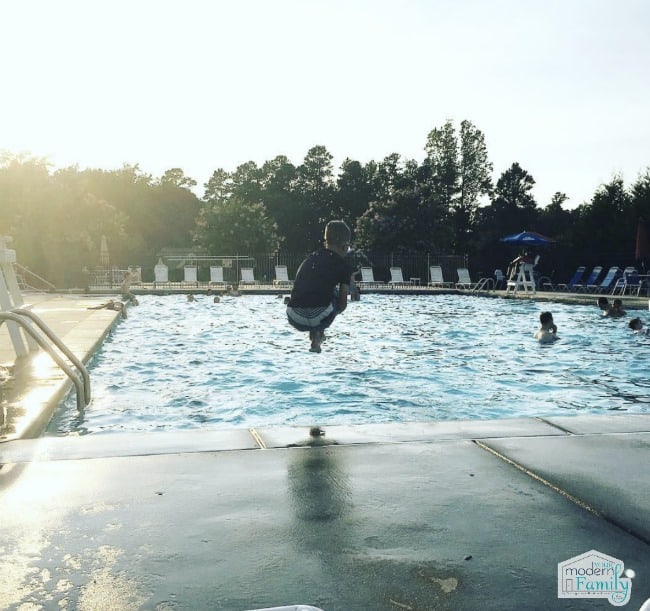
My dad once told me a story about when he was little. He was at the community swimming pool with his parents. His parents were sitting by the side of the pool, talking. My dad was playing in the water.
He was walking in the water when he came to the slant in the water that leads you from the shallow end to the deep end. He slid down that ramp and was soon fully immersed in the water, unable to stand with his head above the surface of the water. He was no longer struggling on the surface – he was entirely under the water. He couldn’t get back to the shallow end. He was frozen in the water, completely unable to get out of the water to breathe, even for a moment.
From under the water, he remembers looking up at his parents, hoping that they would turn to see him under the water, standing there, not able to breathe.
What seemed like minutes later, his neighbor, a teenage girl only a few years older than him, jumped in and saved him.
That is what it looks like to drown. Quiet, still, unable to splash or yell.
Drowning doesn’t look like drowning.
We are so trained, perhaps from movies, to think that drowning is going to a violent, loud, repeated call for help. We believe that there will be splashing and yelling. Except in extremely rare circumstances, drowning people are physiologically unable to call out for help.
The respiratory system was designed for breathing. The mouths of drowning people are not above the surface of the water long enough for them to exhale, inhale, and call out for help.
Most victims of drowning don’t make a sound. Adults and kids drowning symptoms are not what you think about when you think of someone gasping for air or trying to. Get out of the water.
They don’t flail their arms about, searching for help. These actions don’t show what drowning looks like or sounds like in real life. In real life, they rarely wave, yell, splash, or yell.
Drowning people cannot call or wave their arms for help.
Our instinct is to extend our arms laterally and press down on the waters. Pressing down on the surface of the water permits drowning people to leverage their bodies to get above the water’s surface and take a breath. Unfortunately, pressing down on the water cannot stop drowning people from going under.
This explains why drowning is the second highest cause of accidental death in children, age 15 and under.
It is the number one cause of injury death for children ages 1-4. ‘Make Safe Happen’ found that in 2016, open water drownings (in lakes, oceans, rivers, etc.) made up 43 percent of fatal childhood drownings, compared to 38 percent in pools, 9 percent in bathtubs, and 10 percent unspecified.
Similarly, accidental injury is the leading cause of death of children 0-12. According to the Center for Disease Control and Prevention, nearly 9 million children are treated in emergency rooms across the country, and more than 9,000 children die each year due to accidental injuries.
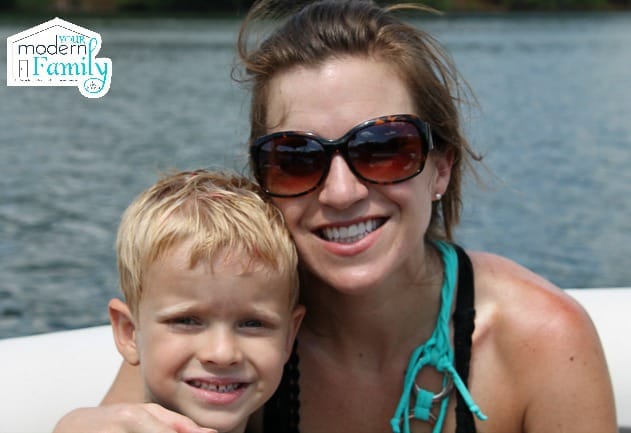
Make Safe Happen and Safe Kids Worldwide found that despite a 28 percent decrease since 2000, the year 2016 saw the most recent significant increase in fatal drownings in children 0-19 years of age. Tragically, more than 1,000 children fatally drowned in 2016.
70% of these cases of drowning occurs between May and September.

This shows how different drowning really is from our preconceived notions. While drowning in swimming pools gets significant attention, the fact is that more children and teens fatally drown in open water – especially during the summer months.
There is limited visibility in lakes, ponds, and oceans because of murky waters that tend to hide logs, rocks, and uneven surfaces. It can make it hard to see if a child falls into the water unexpectedly.
I also now remind our children to always go into the water feet first, after hearing a story about a log that was hidden under the water and not discovered until a local teenage boy dove into the water and hit the wood. It was an extremely long and difficult recovery for him.
Between boating, kayaking, tubing, or just swimming… we spend a lot of time near and in the water.
We live near a lake, so many of our weekends and holidays are spent in the lake. In the summer, we are often vacationing near the ocean. Between these two very large bodies of water, my husband and I know that it is imperative that we are aware of the dangers. It is imperative that we know exactly how to prepare and what to do to ensure that our kids are safe around open water.
We have had to teach our kids to always wear a life jacket, because of depth, distance, and drop-offs. Unlike a pool, open water rarely has depth markings, making it difficult to know if kids are getting into water that is over their heads. (This is why they ALWAYS need to be wearing a U.S. Coast Guard-approved life jacket.)

Unfortunately, I have witnessed this first hand.
Last year, at the beach, our daughter was running through the folly – those spots on the beach, near the water, where the ocean water has created mini “pools” all along the sand. As she was running through them, she didn’t realize that one of them dropped off and was much deeper than the others. It is so hard to tell when these changes occur because of how murky the water is.
She was running one minute and completely under the water the next. Unable to swim, she would have been stuck under the water if I had not seen her. Fortunately, I had been keeping a close eye so I was able to run in, completely dressed, and grab her out of the ocean water.
Beach Tip: Here’s how I read at the beach without taking my eyes off of them.
Luckily, she was only upset and cold, but not hurt. It’s surprising how cold open water can be, compared to a pool.
Did you know that cold water can affect a child’s swimming ability?
Falling into cold water can result in shock, which can lead to panic and drowning. This can be especially important if you are boating.
It’s important to keep in mind that if a child falls in, the water could be very cold. Dress for the water temperature, not the air temperature as best you can, and always use a life jacket, even while boating.
Our situation had a good outcome, but others are not so lucky. It is important to always choose a designated swimming area and check for signs warning about potential hazards.

On the same note, it is important to watch for currents and tides. There is a reason that our children start out playing in front of us and a few moments later are floating away from us. Currents cannot be seen.
In the ocean, rip currents can be very dangerous if children do not understand how to deal with a crashing wave or learn how to escape a riptide or strong current.
It’s also equally important to watch for weather changes. Stay out of the water if you hear thunder or see lightning, and remember that channels and other human-made waterways can quickly fill up once the rain begins.
To reduce the risk of drowning accidents, remember to always watch kids when they are in or around water. Keep young children and inexperienced swimmers within arm’s reach of an adult. Make sure older children swim with a partner every time. Never leave a young child, even for a moment.
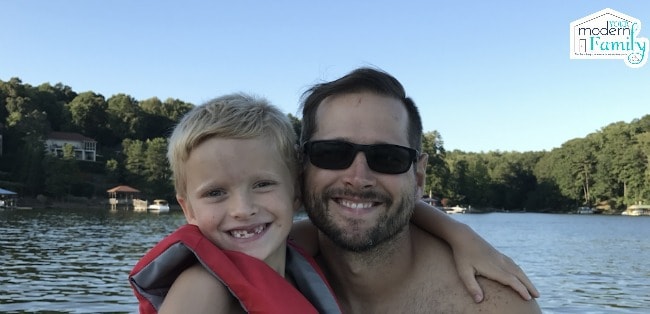
If you are boating, or are in or around open water, be sure to have your children in a U.S. Coast Guard-approved life jacket in and around open water.
Get a life jacket (also known as a personal floatation device) that is appropriate for a child’s weight, as well as the water activity. Our kids know that they cannot be on the boat or in the water without one.
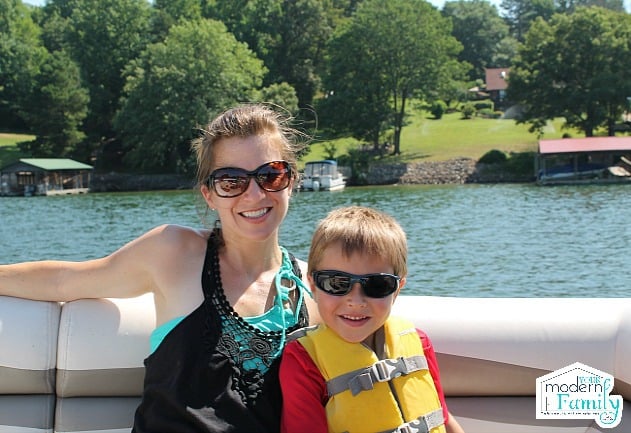
Of course, make sure to learn water rescue skills and CPR. It is important to know how to respond to an emergency without putting yourself at risk as well. Learning basic rescue skills and CPR may help you save a child’s life. I take CPR-certification classes every year at our local hospital. The thought that I would have to grab a child in order to stop drowning and perform CPR is scary, but I want to know that I am prepared.
If I want to be successful enough to stop the drowning and perform voluntary CPR on anyone, I know that I need to remain calm. In order to do this, I have to walk through it in my mind, as scary as it may be. Being unprepared is not a risk that I’m not willing to take.
In our family, we focus heavily on water safety and trying to teach the kids to learn skills like treading water, make noise, perform voluntary movements to get someone’s attention.
I want them to know learning to swim and being safe are the most important things, but also showing them that it is imperative for drowning people to leverage every means of taking a breath.
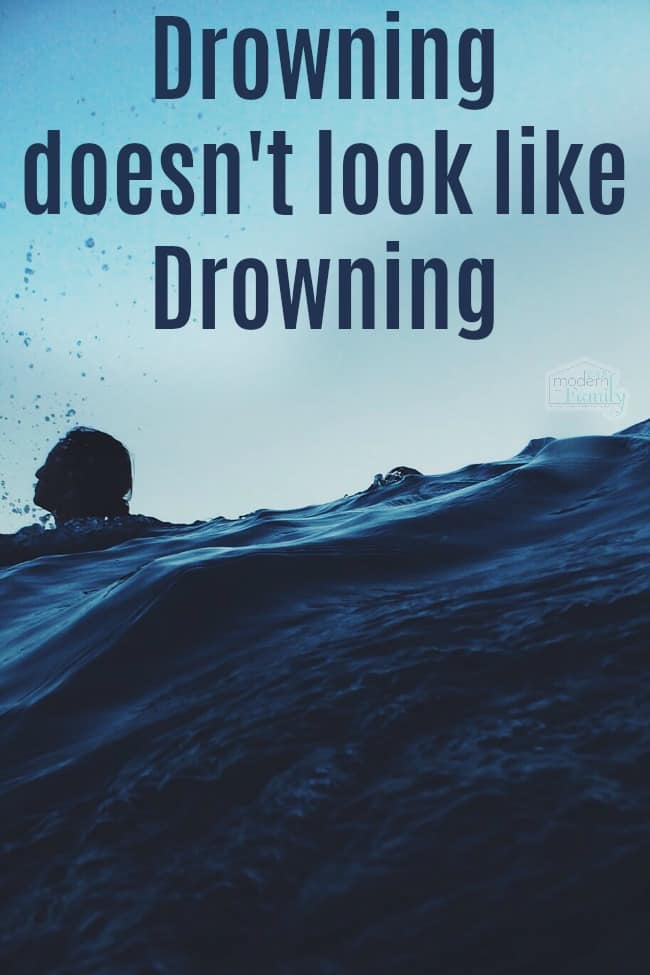
Did you know that a person can drown in just 20 to 60 seconds?
A child can drown in just 20 seconds.
It’s scary but true. It takes only 20 seconds for a child to drown, according to the USACE (United StatesArmy Corps of Engineers.
An adult can drown in just 60 seconds.
If they are not rescued, drowning people can only struggle on the surface of the water from 20 to 60 seconds before submersion occurs.
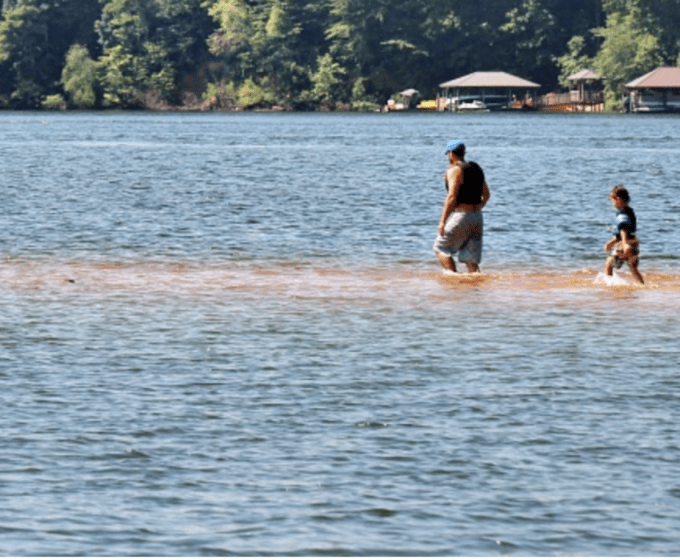
This is not to say that our children can’t play and enjoy the water. In fact, I want them to be in the water as much as possible, so they can learn and practice water safety often.
I want safety to become routine to them: When we head out onto the lake, wear a life jacket. When they jump into a pool, make sure that an adult is watching…
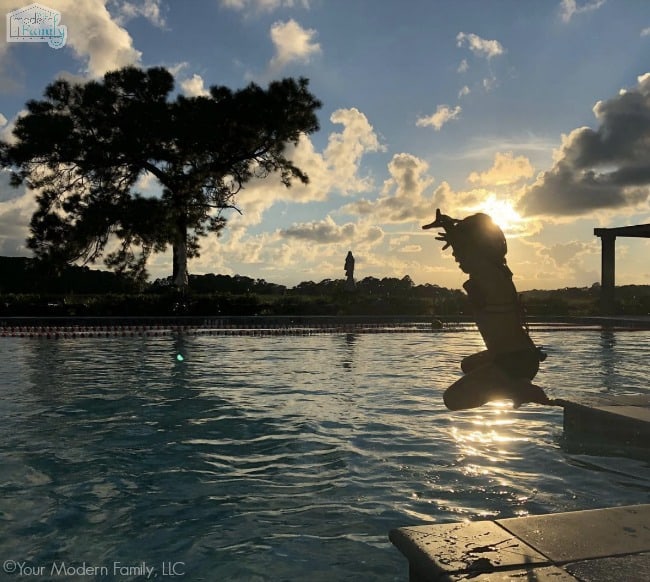
Once you understand that drowning doesn’t look like drowning, you can be prepared and practice water safety. Only then can safety & fun go hand in hand in the water.
So take your vacation (studies prove vacations are the best thing you can do for your family), practice water safety & make memories.
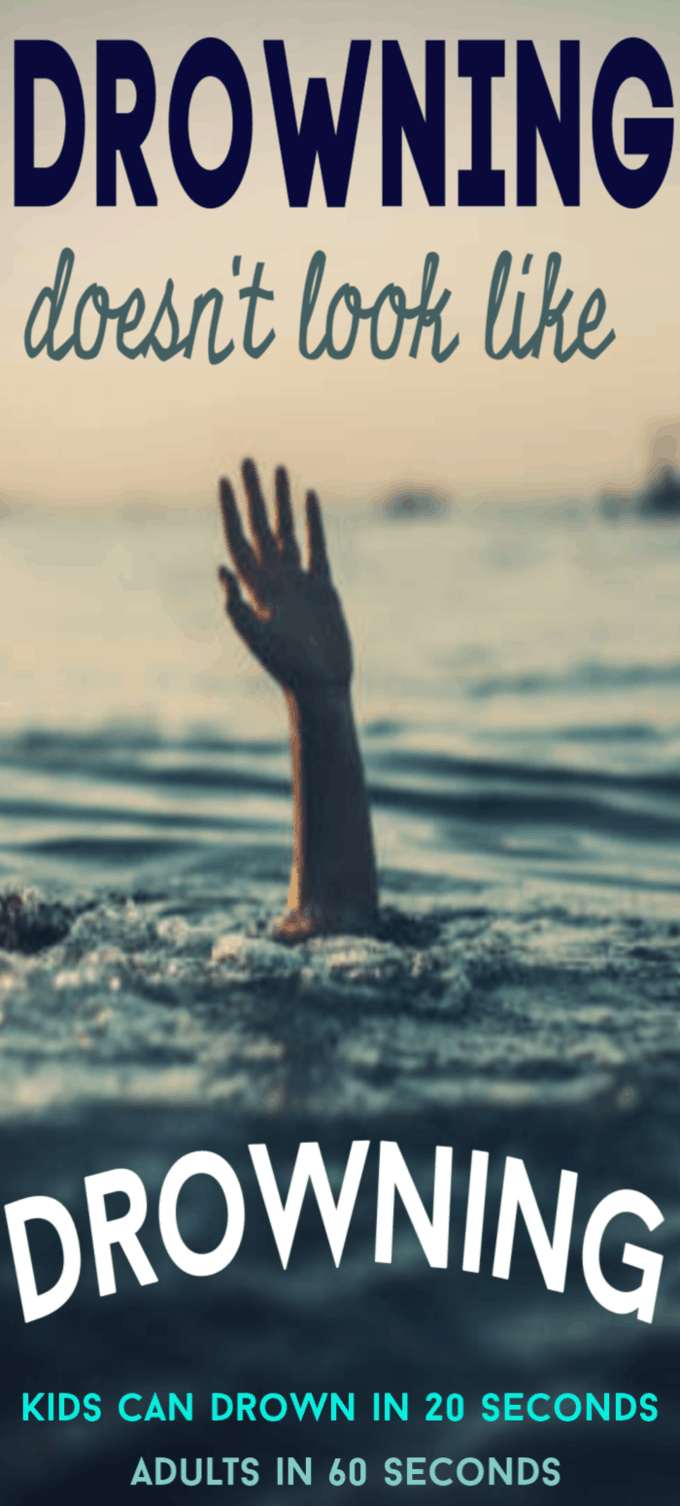


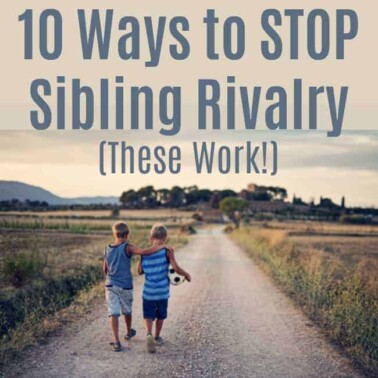
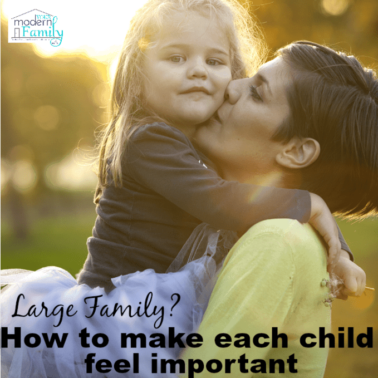










We are planning on going to the lake nearby, tomorrow.
Thank you for this post Becky.! It’s so timely and helpful.
I love that you wrote this post! I’ve been a lifeguard at a local pool since high school (roughly 7 years, actively) and when I first started, it amazed me how often parents let their kids wander too far or didn’t pay attention to them. There were many times when a child would become a distressed swimmer within 3 feet of their parents. We have a lazy river, and the current has often caught smaller children and pulled them to where they cannot reach the bottom of the pool. As a mom, it amazes me even more how much parents do not pay attention to their kids, but I believe it’s because they are unaware/uneducated about just how easy it is for their children to be at risk. Granted, they are in a lifeguarded pool, but we have many lakes and rivers near by as well, and even my mom friends don’t seem to realize just how quickly everything can change in the water. So, I am so thankful that you wrote this post and I hope that it reaches as many parents as possible!
Very informative…
Such an important topic. Thank you for the information! Another important thing to remember is that children follow parents’ example. Hence, it is critical for parents to also wear life jackets in open water. It will also reinforce for the children the point that, if a parent is vulnerable, I’m also vulnerable.
What a great post and reminder, thank you! I was always surprised when my daughter was in swimming lessons at our local Y how many kids would “slip under” right there next to the teacher and go unnoticed. I guess I should be thankful because that was one of those moments that gently reminded me to ALWAYS be watching!